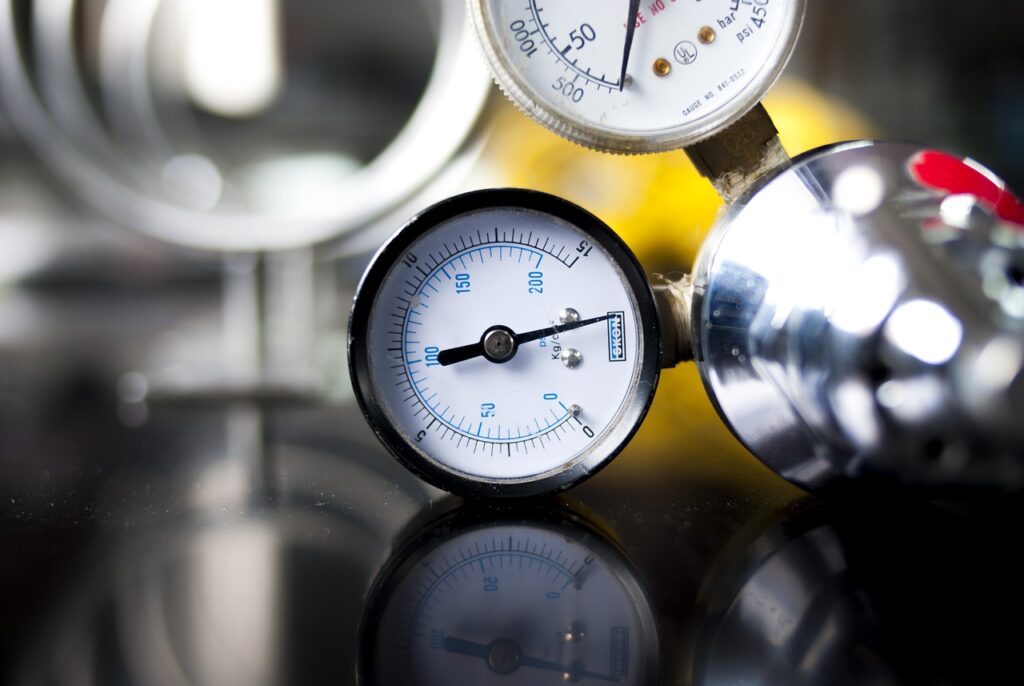By Debbie Bunch
June 17, 2024

Machine Learning Model for Oxygen Targets
New research suggests a novel machine learning model could be a gamer changer for critical care.
The model, which was developed by investigators from the U.S., Australia, and New Zealand, may one day help clinicians more appropriately determine the level of oxygen needed for an individual patient undergoing mechanical ventilation.
The study was spurred by previous research aimed at determining whether higher or lower oxygen levels were better for patients. Many of those studies failed to provide a clear answer, and these investigators speculated that using a machine learning model to determine whether different levels of oxygen have different effects depending on individual patient characteristics would clarify the situation.
“The standard of care is to maintain oxygen saturation between 88 and 100; within that range, doctors have had to choose an oxygen level for ventilation without having high-quality data to inform their decision-making,” said study author Kevin Buell, MBBS, a pulmonary and critical care fellow at the University of Chicago Medicine. “We set out to create an evidence-based, personalized prediction of who would benefit from a lower or higher oxygen target when they go on a ventilator.”
The machine learning model was trained using data from previous studies and results showed that for patients who received oxygenation that fell within the target range the machine learning model predicted to be beneficial for them mortality could have decreased by 6.4% overall.
Critical care expert Derek Angus, MD, commented on the study in an accompanying editorial, stating that, “If the results are true and generalizable, then the consequences are staggering. If one could instantly assign every patient into their appropriate group of predicted benefit or harm and assign their oxygen target accordingly, the intervention would theoretically yield the greatest single improvement in lives saved from critical illness in the history of the field.”
The study was published by The New England Journal of Medicine. Read Press Release Read Abstract

Gas Stoves Emit Harmful Nitrogen Dioxide
Investigators from Stanford University are adding to the evidence that gas and propane stoves are hazardous to our health.
The researchers used sensors to measure concentrations of nitrogen dioxide (NO2) in 100 U.S. homes of various sizes and layouts before, during, and after the use of gas or propane stoves. These measurements were then incorporated along with additional data into a model capable of simulating airflow, contaminant transport, and room-by-room occupant exposure in buildings.
Unsafe levels of NO2 were found in areas throughout the homes — even in bedrooms that were located some distance away from the kitchens where the stoves were located, and even hours after the burners were turned off.
While larger homes fared better than smaller homes, concentrations of NO2 routinely spiked to unhealthy levels, even with a range hood on and vented to the outdoors. But concentrations in homes smaller than about 800 square feet were about twice as high over the course of a year when compared to the national average and four times higher than those seen in homes of around 3,000 square feet or more. The authors note 800 square feet is about the size of a typical small two-bedroom apartment.
The study also showed that long-term NO2 exposure from gas stoves is 60% higher in American Indian and Alaska Native households and 20% higher in Black and Hispanic or Latino households.
Nationwide, the investigators estimate typical use of a gas or propane stove increases exposure to NO2 by about four parts per billion, averaged over a year, which is only one quarter less than the NO2 exposure level recognized as unsafe in outdoor air by the World Health Organization.
The study was published by Science Advances. Read Article Read Full Paper

Lung Cancer Screening Rates are Low, but Patient Navigation May Help
Two recent studies published by JAMA Internal Medicine took a closer look at lung cancer screening with low dose computed tomography (CT), with one suggesting patient navigators can increase the number of vulnerable at-risk people who are screened.
The first study, conducted by investigators from the American Cancer Society, demonstrated the serious underuse of low dose CT scanning among eligible patients. In the nationwide, cross-sectional trial of 25,958 people conducted in 2022, they found only 18% were up to date with lung cancer screening. The percentage was even lower in southern states with higher lung cancer mortality burden.
In the second study, Massachusetts General Hospital researchers randomized 260 people from the Boston Health Care for the Homeless Program to low dose CT screening with a patient navigator or via usual care. They found that 43.4% of screening-eligible individuals who had assistance from a patient navigator received the screening within six months of randomization vs. 9.2% of those who received usual care only, representing a 4.7-fold difference.
The patient navigators worked under a patient-centered protocol that allowed them to provide lung cancer education, facilitate shared decision-making with primary care physicians, and assist participants in making and attending their screening appointments. The navigators also arranged for follow-up when needed and offered tobacco cessation support for participants who were currently smoking.
The investigators conducted interviews with the participants in the patient navigation arm and their primary care providers to determine which elements of the program were most important to participants. Results pointed to multidimensional social support provision, care coordination activities, and interpersonal skills of the navigator.
The authors believe these findings suggest patient navigation may promote better uptake of lung cancer screening, especially in groups like the homeless. Read First Abstract Read Second Abstract








